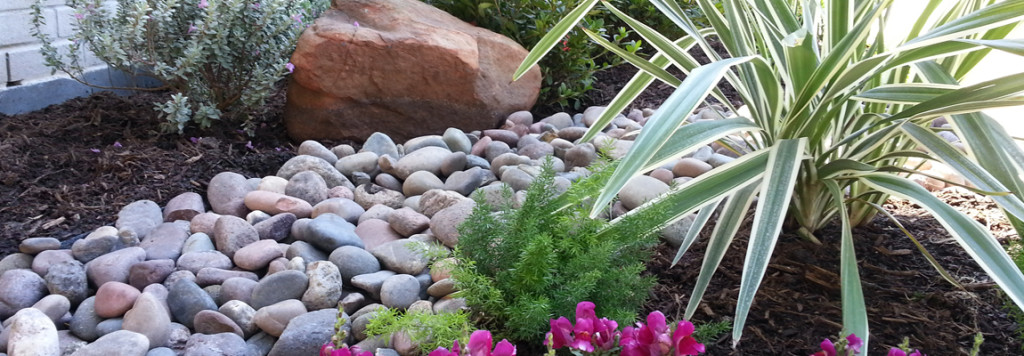 Dianella tasmanica, often called Flax Lily or Tasmania Lily, is an evergreen, tropical, ornamental shrub with long, grass like leaves. This plant is not a native of Texas as it originates in Australia, but it is very well suited for USDA hardiness zones 8-11. The fan shaped, strap-like leaves are similar to Iris species and are the most attractive feature of this plant growing 15”-18” tall with a 12” spread. Although noted for its evergreen foliage, Dianella spp. has seasonal interest as well. In spring it sends up lavender-blue colored flower panicles reaching 1 to 2 feet above the fan shaped foliage. Then, following the flowering in summer, the panicles ripen into attractive, blue to dark purple, berries. Optimal growing conditions for Dianella spp. are part-sun to shade with well-drained soil. It can tolerate a range of soil pH as long as it is watered and placed in a location providing good air movement. Watch out when planting these around small children or animals, as parts of this plant are poisonous. Once established this plant can survive drought conditions, needing very little water.
Dianella tasmanica, often called Flax Lily or Tasmania Lily, is an evergreen, tropical, ornamental shrub with long, grass like leaves. This plant is not a native of Texas as it originates in Australia, but it is very well suited for USDA hardiness zones 8-11. The fan shaped, strap-like leaves are similar to Iris species and are the most attractive feature of this plant growing 15”-18” tall with a 12” spread. Although noted for its evergreen foliage, Dianella spp. has seasonal interest as well. In spring it sends up lavender-blue colored flower panicles reaching 1 to 2 feet above the fan shaped foliage. Then, following the flowering in summer, the panicles ripen into attractive, blue to dark purple, berries. Optimal growing conditions for Dianella spp. are part-sun to shade with well-drained soil. It can tolerate a range of soil pH as long as it is watered and placed in a location providing good air movement. Watch out when planting these around small children or animals, as parts of this plant are poisonous. Once established this plant can survive drought conditions, needing very little water.
There are many varieties of Dianella spp. with a range of leaf colors. Throughout the world, this plant can vary in leaf color from solid green, variegated with white or yellow or red, to solid burgundy. In Houston the most popular varieties are ‘Variegata’ (yellow & green striped leaf margins) and ‘Silver Streak’ (cream & green striped leaf margins), although the hardiest is the true dark-green form. Flower stalks and color range from the typical blue to yellow or mauve colored flowers depending on variety chosen.
This plant is slow growing but can be propagated by dividing the underground roots, the rhizomes. It is widely used in the Houston area and looks best paired with brightly colored or tropical flowers in landscape beds, borders or containers. This plant is not as commonly used in the Dallas area and is considered a more tender plant that will die back to the ground once exposed to colder temperatures. The attractive form is best used in shadier seasonal color beds and in pots that can be protected from the colder weather.
Contributed by Jennifer Cates
Photography by Kristin Howard